

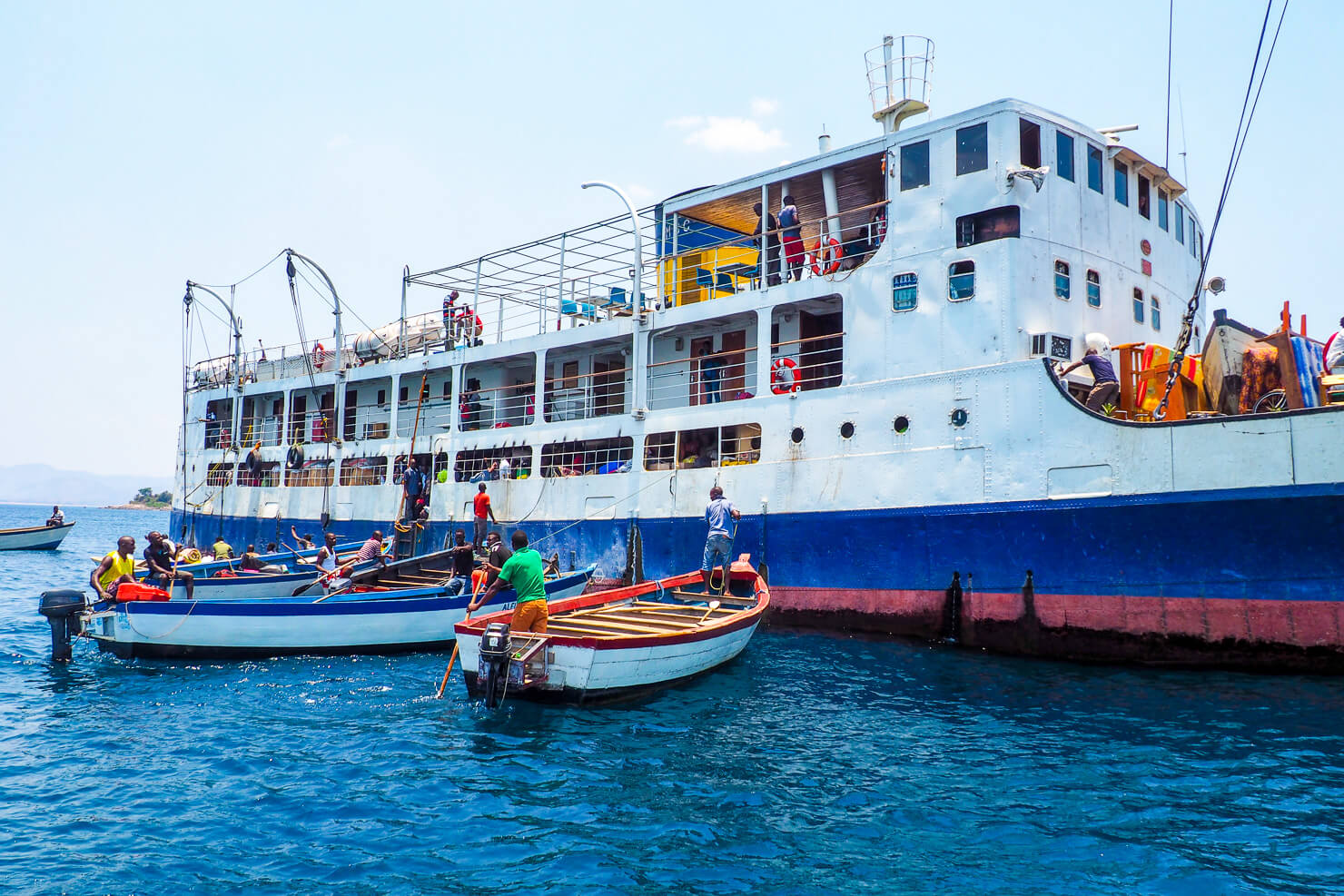
About a year ago, the My Malawi TV Show team and I embarked on a journey that has stayed with me ever since — a trip to Likoma Island aboard the legendary MV Ilala, one of Africa’s most iconic freshwater ferries.
We left Lilongwe early in the morning and reached Salima around 2 p.m., ready to board at the Chipoka dock. Just as we were about to board, we were informed that the departure point had been moved to Senga Bay because the water around Chipoka had become too shallow. That unexpected change meant an extra MK 30,000 taxi ride and a nervous race against time — but we made it, just in time to film the Ilala’s majestic arrival.
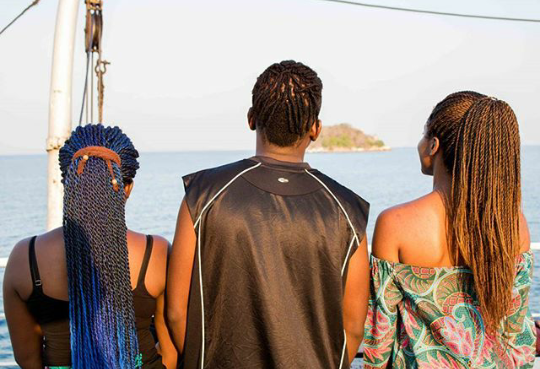
If you don’t already know, water runs through my blood.
I grew up by the lake in Mangochi because my parents were mariners — my father a marine engineer, my mother Malawi’s first female ship captain. Both began their careers with Malawi Lake Services, where my father would go on to become Chief Engineer for Maldeco Fisheries, and my mother would eventually serve as Principal of the Marine College before founding her own schools.
Despite a lifetime around ships, my heart still raced as I watched the Ilala draw closer to shore. It took nearly an hour from the moment we first spotted her on the horizon to when she finally came to a stop, ready for boarding.
The MV Ilala, formally known as Ilala II, has been sailing the waters of Lake Malawi since 1951. Built in Glasgow in 1949 and transported to Malawi in pieces, she was reassembled on the lake and has been operating ever since.
Lake Malawi — the third-largest lake in Africa — stretches more than 560 km in length and up to 75 km in width. It is home to more than a thousand species of fish and borders Malawi, Tanzania, and Mozambique. For many communities living along its shores, the Ilala is more than just a ferry; it’s a lifeline.
Each week, the Ilala travels from Monkey Bay in the south all the way north to Chilumba near the Tanzanian border — a journey of roughly 480 km — and then back again. It serves towns and villages along the Malawian and Mozambican coasts and stops at the two inhabited islands, Likoma and Chizumulu.
The vessel is about 52 m long, carries up to 365 passengers and 100 tons of cargo, and remains the most significant long-distance transport link on the lake. While delays and breakdowns are not uncommon, the Ilala’s legacy and importance are undeniable.
We made a U-turn to Sengabay – which costed us an extra MK30,000. I remember being so nervous that we might miss the ship. We were lucky enough to get there before the Ship arrived and managed to capture its arrival.
If you do not know this about me – I grew up in Mangochi District by the beach because my parents are Mariners. My father is a Marine Engineer and my mother was the first Female Ship Captain of Malawi. They both started out working for Malawi Lake Service – where my father eventually moved on to be the Chief Engineer for Maldeco Fisheries; and my mother became a lecturer at the Marine College. She was Principal when she stopped working for the College to start her own schools.
Given my background, ships are nothing new to me – but I still recall being extremely excited as I watched the ship approaching. It took quite a while (est an hr) from the time we spotted it to the time it came to a stop for boarding.
Getting onto the Ilala is an experience in itself. Because the lake is shallow near many bays, the ship cannot dock close to shore. Instead, small boats ferry passengers and cargo to the vessel, often in a chaotic rush. People push and jostle their way onboard, balancing everything from bags to sacks of fish.
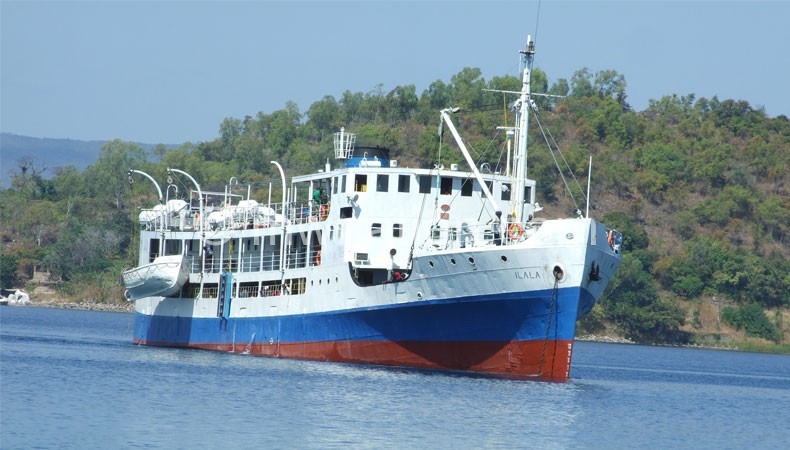
Once aboard, however, the atmosphere changes entirely. On the higher decks, the lake stretches endlessly into the horizon, and the journey feels more like a scenic cruise than public transport.
If you plan to travel more than six hours — and most routes take at least that long — I highly recommend booking a cabin in advance. They’re simple but invaluable: a private space to rest, store your belongings, and refresh. Cabins are limited and usually not confirmed until the ferry docks, so early planning helps.
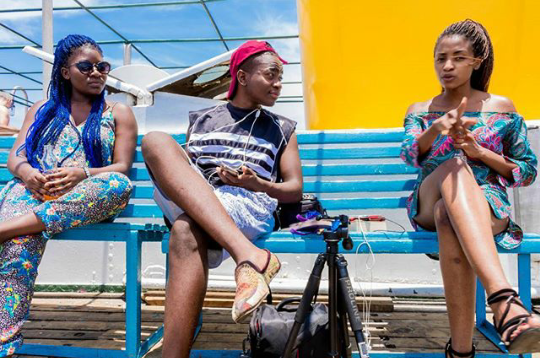
The Ilala offers four ticket classes:
The ship also has bathrooms, a basic restaurant, and a bar on the top deck — modest but more than sufficient for the journey.
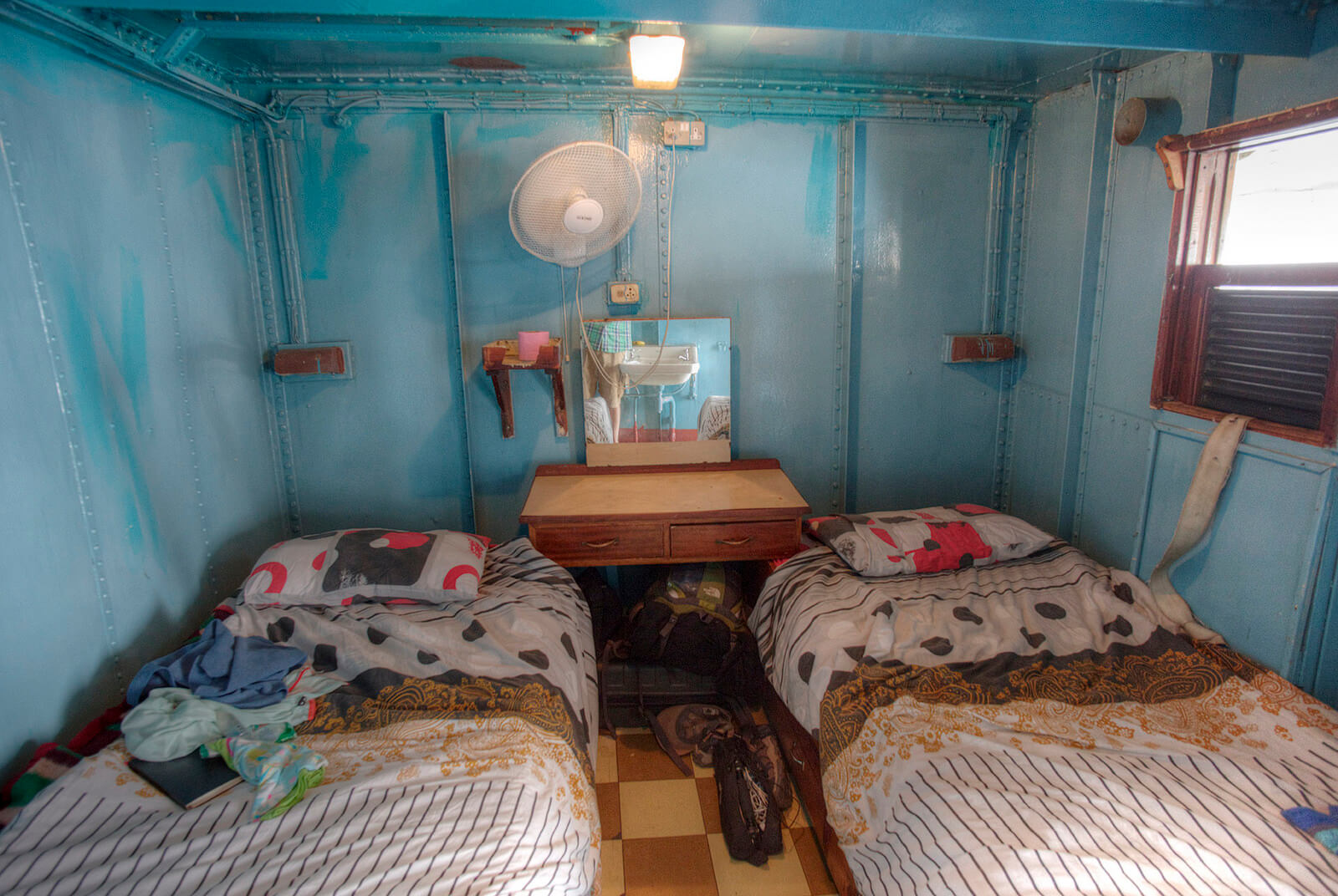
Our two-person cabin from Salima to Likoma cost MK 20,000 per person. The trip was long but serene, and the lake remained calm throughout. We arrived around midday, where staff from Kaya Mawa — a stunning lakeside lodge — welcomed us and made the final leg of our journey effortless.
While waves can sometimes get rough, especially during the windy season, the journey is usually smooth and peaceful. If you’re prone to motion sickness, it’s worth preparing in advance — but for most travelers, the cruise is a unique and unforgettable experience.
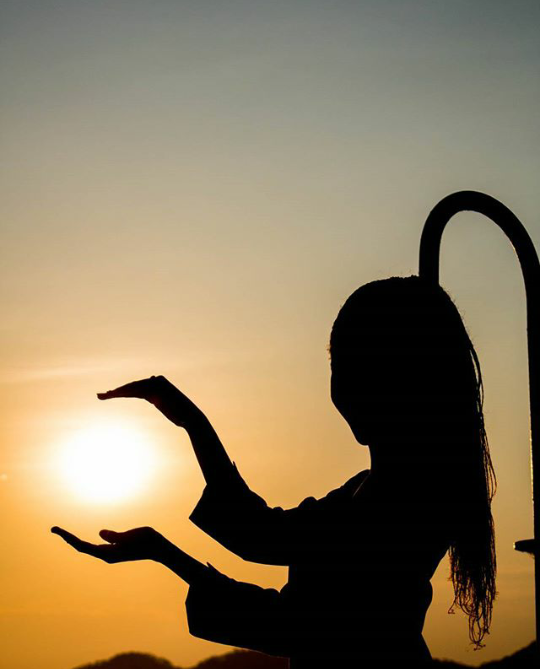
The Ilala was built in 1949 by Yarrow Shipbuilders in Scotland and named after the region in present-day Zambia where explorer David Livingstone was first buried. After being transported to Malawi by sea, rail, and road, she began operations in 1951 and has been sailing ever since.
When the Ilala underwent maintenance in the past, she used to be replaced by her companion vessel, the MV Mtendere — a smaller ferry whose name means “peace” in Chichewa. Mtendere primarily serves the southern part of the lake and is the vessel my mother captained when I was a child.
While plans for a modern replacement have been discussed for years, the Ilala continues to serve — a living, floating piece of Malawi’s history.
The Ilala typically departs Monkey Bay on Friday mornings and travels north, stopping at Senga Bay, Nkhotakota, Likoma, Chizumulu, and Chilumba before turning around. The return journey begins on Monday night and ends back in Monkey Bay on Wednesday.
However, schedules are highly flexible and can change due to weather, loading times, or water levels. If you have a strict itinerary, this might not be the most reliable mode of transport — but if you’re seeking adventure, cultural immersion, and a glimpse into a piece of Malawi’s maritime heritage, nothing compares.
From one lodge’s website (still caveated as “may change”) covering the Ilala route via Likoma Island:
Here are some fares reported in recent years (again, as guidance only — actual 2025 fares may differ):
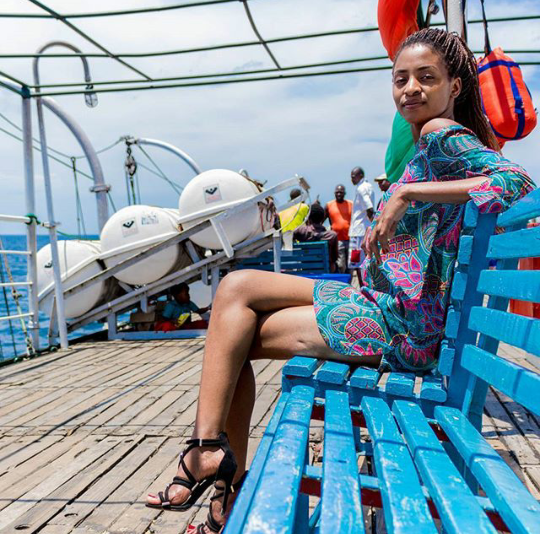
As the ferry approaches Likoma Island, you’ll see palm-lined beaches, small fishing boats, and a community that thrives on island life. Disembarking is as lively as boarding — a swirl of passengers, luggage, and greetings — but once you step onto the island, time seems to slow down.
For us, the journey was more than just a means of transport — it was a connection to my roots, a celebration of Malawi’s enduring relationship with Lake Malawi, and a reminder that sometimes, the journey is just as meaningful as the destination.
All my love,
Ntha
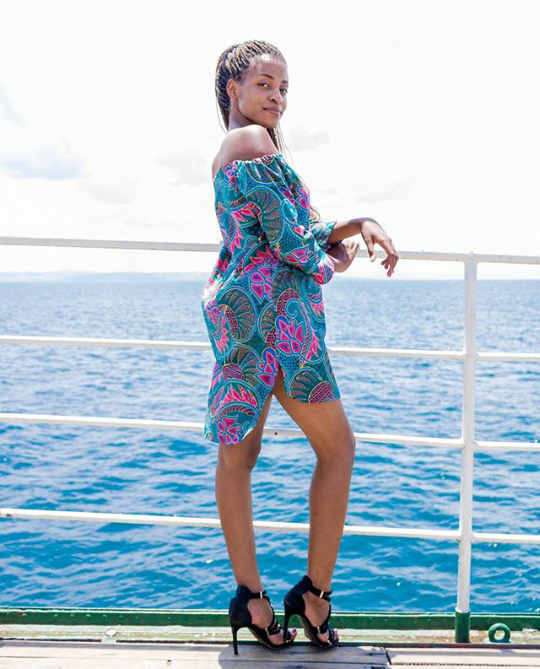
History Thanks to Wikipedia
More details taken from Helen In Wonderlust Blog
Photography by @cricky_juster
If you’d like to go deeper into my journey — from Malawi, through the United Nations to Microsoft, you can find it in my books: